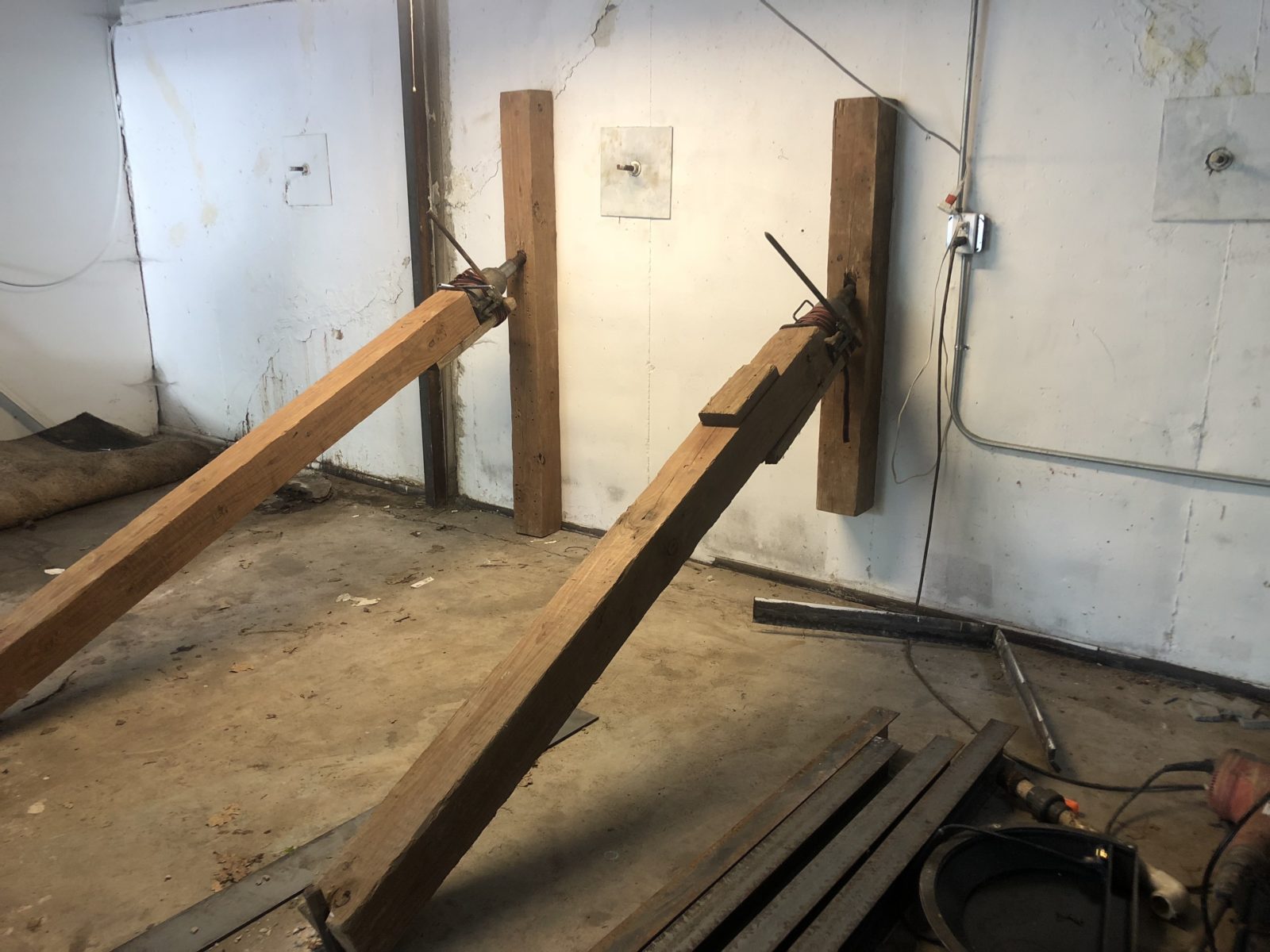

Articles
How To Fix A Bowing Basement Wall
Modified: September 1, 2024
Learn effective solutions and techniques in our articles on how to fix a bowing basement wall and prevent further damage. Find expert tips and advice to tackle this common issue.
(Many of the links in this article redirect to a specific reviewed product. Your purchase of these products through affiliate links helps to generate commission for Storables.com, at no extra cost. Learn more)
Introduction
Bowing basement walls are a common issue that homeowners may encounter. This problem occurs when the walls of a basement begin to curve or buckle inward. It can be caused by various factors such as soil pressure, hydrostatic pressure, poor construction, or external factors like tree roots. Regardless of the cause, it is important to address this issue promptly to prevent further damage and ensure the structural stability of your home.
The importance of addressing bowing basement walls promptly cannot be overstated. Ignoring this problem can lead to serious consequences, including compromising the structural integrity of your home and posing safety risks to you and your family. In addition, the longer you wait to fix a bowing basement wall, the more extensive and costly the repairs may become.
By taking swift action, you can address the issue early on and prevent it from escalating into a major problem. This article will provide a comprehensive guide on how to fix a bowing basement wall, whether you choose to tackle the repair yourself or hire a professional.
Key Takeaways:
- Promptly addressing bowing basement walls is crucial for preventing structural instability, safety risks, and costly repairs. Identifying the causes and signs early on allows for effective DIY or professional repair methods.
- Preventing future bowing basement walls requires proper drainage, moisture control, and regular maintenance. By taking proactive measures, homeowners can safeguard their foundation and avoid costly repairs.
Causes of Bowing Basement Walls
Bowing basement walls can be attributed to several underlying causes. Understanding these causes is crucial in order to effectively address and prevent further damage to your basement. Here are the most common causes of bowing basement walls:
1. Soil pressure and expansion: One of the primary causes of bowing basement walls is the pressure exerted by the soil surrounding the foundation. Over time, the soil can expand due to changes in moisture content or freeze-thaw cycles. This expansion puts immense pressure on the walls, causing them to bow inward.
2. Hydrostatic pressure from water buildup: Excessive water buildup around the foundation can lead to hydrostatic pressure. When the soil is saturated with water, the pressure against the walls increases significantly, causing them to bow or lean inward. This is especially common in areas with poor drainage systems or heavy rainstorms.
3. Poor construction or foundation design: In some cases, the bowing of basement walls can be attributed to construction or design flaws. Improper reinforcement, inadequate foundation materials, or insufficient load-bearing capacity may contribute to the walls’ instability and vulnerability to bowing or collapsing.
4. Tree roots or other external factors: The presence of large trees near the foundation can also cause bowing basement walls. As tree roots grow, they can exert pressure on the foundation, leading to structural issues. Other external factors such as nearby construction or shifting geological conditions may also contribute to the bowing of basement walls.
Identifying the specific cause of bowing basement walls is crucial in determining the most appropriate repair method. Consulting with a professional can help you accurately diagnose the cause and develop an effective plan to address the issue.
Signs and Symptoms of a Bowing Basement Wall
Recognizing the signs and symptoms of a bowing basement wall is essential in order to take appropriate action and prevent further damage. Here are some common indicators that may indicate a bowing basement wall:
1. Horizontal or stair-step cracks: One of the most noticeable signs of a bowing basement wall is the presence of cracks. These cracks can appear horizontally along the wall or in a stair-step pattern. These cracks may start small but can gradually widen as the wall continues to bow inward.
2. Bulging or leaning walls: Another clear sign of a bowing basement wall is the visible bulging or inward leaning of the wall itself. You may notice that the walls no longer appear straight and have developed a noticeable curve or bow.
3. Water leakage or dampness: Bowing basement walls can create pathways for water infiltration. As a result, you may experience water leakage or dampness in your basement, especially during heavy rainfall or when the groundwater levels rise. This can lead to moisture-related issues such as mold and mildew growth.
4. Sagging floors or uneven door frames: A bowing basement wall can affect the overall structural integrity of your home, leading to sagging floors or uneven door frames. If you notice that your floors are no longer level or that your doors are sticking and no longer close properly, it may be an indication of a bowing basement wall.
It is essential to pay attention to these signs and symptoms and address the issue promptly. Ignoring these indicators may lead to further bowing, structural instability, and potential safety hazards. Consulting with a professional can help assess the severity of the problem and determine the most appropriate course of action for repair.
Why It’s Important to Fix a Bowing Basement Wall
Addressing a bowing basement wall is not just a matter of aesthetics; it is essential for the structural integrity and safety of your home. Here are the key reasons why it is important to fix a bowing basement wall:
1. Structural stability and safety concerns: A bowing basement wall compromises the structural stability of your entire home. As the wall continues to bow inward, it puts pressure on the foundation, potentially leading to a collapse. This poses a significant safety risk to you and your family. Repairing the bowing wall ensures the stability of the foundation and prevents any potential structural failures that could endanger the occupants of the house.
2. Prevention of further damage to the foundation: Ignoring a bowing basement wall can result in the problem worsen over time. The pressure exerted by the bowing wall can cause further damage to the foundation, leading to more extensive and costly repairs. By fixing the bowing wall promptly, you can prevent additional damage from occurring and avoid the need for more invasive and expensive repair methods in the future.
3. Potential impact on property value: The condition of your foundation significantly affects the value of your property. A bowing basement wall can be a red flag for potential buyers and may decrease the value of your home. By addressing and fixing the issue, you not only ensure the safety and stability of your home but also maintain or even enhance its resale value.
It’s important to prioritize the repair of a bowing basement wall to protect the structure of your home, prevent further damage, and preserve the value of your property. Consulting with professionals and taking appropriate measures to fix the issue will provide you with peace of mind and safeguard your investment in your home.
DIY Methods for Fixing a Bowing Basement Wall
If you feel confident in your DIY skills and have a basic understanding of construction, you can attempt to fix a bowing basement wall on your own. Here are a few DIY methods that you can consider:
1. Installing carbon fiber straps: Carbon fiber straps are an effective and popular choice for repairing bowing basement walls. These straps are made of high-strength carbon fiber materials and are installed vertically along the wall to provide reinforcement. The straps are then secured to the basement floor and ceiling, distributing the pressure and preventing further bowing. The installation process involves cleaning the wall surface, applying epoxy adhesive, attaching the straps, and ensuring proper tension for maximum effectiveness.
2. Using wall anchors or braces: Wall anchors or braces are another DIY solution for bowing basement walls. This method involves attaching metal anchors or braces to the interior side of the wall, providing external support and counteracting the inward pressure. The anchors are driven into the soil outside the foundation and connected to steel rods that extend through the wall. Tension is then applied to straighten the wall and prevent further bowing. This method requires careful drilling, placement of anchors, and tightening of the rods to achieve the desired results.
3. Applying epoxy or polyurethane injections: Epoxy or polyurethane injections can be used to stabilize a bowing basement wall caused by minor cracks or gaps. These injections involve injecting epoxy or polyurethane resin into the cracks or voids, effectively filling and sealing them. This process strengthens the wall and prevents further movement. It is essential to properly identify the cracks and follow the manufacturer’s instructions for proper mixing and application of the epoxy or polyurethane material.
While these DIY methods can work for minor cases of bowing basement walls, it is crucial to note that more severe cases may require professional intervention. It is highly recommended to consult with a foundation repair specialist before attempting any DIY repairs. They can assess the extent of the damage and provide guidance on whether a DIY approach is suitable or if professional help is necessary.
Tip: Install steel wall anchors or carbon fiber strips to stabilize and straighten a bowing basement wall. This will help prevent further damage and improve the structural integrity of the wall.
Read more: How To Fix Efflorescence On Basement Walls
Hiring a Professional for Bowing Basement Wall Repair
While there are DIY methods available for fixing a bowing basement wall, enlisting the services of a professional is often the recommended approach. Here are reasons why hiring a professional for bowing basement wall repair is advantageous:
1. Benefits of professional expertise and experience: Professionals who specialize in foundation repair have the necessary expertise and experience to effectively diagnose and address bowing basement walls. They have a deep understanding of the underlying causes and can recommend the most suitable repair method for your specific situation. Their expertise ensures that the repair is done correctly, minimizing the risk of further damage and ensuring long-term stability.
2. Cost considerations and value for money: While hiring a professional may come with a cost, it is important to consider the long-term implications. Professionals have access to specialized tools and materials, which can result in more durable and effective repairs. Attempting a DIY repair without the necessary knowledge or equipment can lead to subpar results and may require additional repairs down the line, leading to even higher costs. By hiring a professional, you can ensure that the repair is done properly the first time, providing value for your investment.
3. Selecting a reputable contractor: When hiring a professional for bowing basement wall repair, it is essential to select a reputable contractor. Look for contractors with a proven track record, positive customer reviews, and appropriate licenses and certifications. A reputable contractor will provide a detailed assessment of the problem, explain the repair options, and offer a transparent cost estimate. They will also adhere to industry standards and ensure that the work is done to code, providing you with peace of mind and a reliable solution.
Keep in mind that every situation is unique, and the extent of the damage may vary. It is advisable to consult multiple professionals, compare their recommendations and quotes, and ask for references before making a decision. By selecting a reputable contractor, you can be confident in their abilities to address the bowing basement wall and restore the stability and integrity of your home.
Steps Involved in Repairing a Bowing Basement Wall
Repairing a bowing basement wall requires careful planning and execution to ensure a successful outcome. Here are the essential steps involved in the repair process:
1. Conducting a thorough inspection and assessment: The first step is to assess the extent of the damage and identify the underlying causes of the bowing basement wall. A professional will conduct a detailed inspection, looking for signs of cracks, bulging, or leaning. They will also evaluate the soil conditions, water drainage, and any external factors impacting the integrity of the foundation.
2. Determining the most suitable repair method: Based on the assessment, the next step is to determine the most appropriate repair method for your specific situation. This will depend on factors such as the severity of the bowing, the underlying causes, and the condition of the foundation. Options may include carbon fiber reinforcement, wall anchors or braces, or other specialized techniques that can effectively stabilize the wall.
3. Preparing the area and ensuring safety measures: Before beginning the repair process, it is crucial to prepare the area properly. This may involve removing any obstructions, clearing debris, and ensuring a safe work environment. Safety measures should also be implemented, such as wearing protective gear and using appropriate tools and equipment.
4. Executing the repair process: Once the preparations are complete, the chosen repair method can be implemented. This may involve installing carbon fiber straps, attaching wall anchors or braces, or applying epoxy or polyurethane injections. The process will be carried out with precision and according to industry best practices to ensure a lasting and effective repair.
5. Aftercare and monitoring the repaired wall: After completing the repair, it is important to provide proper aftercare and monitor the repaired wall. This may involve applying sealants or coatings to protect the repaired area, as well as implementing measures to control moisture and prevent future damage. Regular monitoring is essential to ensure that the repaired wall remains stable and to address any issues that may arise.
It is important to emphasize that these steps should ideally be conducted by a qualified professional to ensure the best results. They have the knowledge, experience, and equipment necessary to carry out the repair process effectively and safely, providing you with peace of mind and a structurally sound basement wall.
Maintenance Tips to Prevent Future Bowing Basement Walls
Preventing future occurrences of bowing basement walls is crucial for the long-term stability of your home and foundation. Here are some maintenance tips to help you prevent future issues:
1. Proper drainage system installation: One of the leading causes of bowing basement walls is water buildup around the foundation. To prevent this, ensure that your property has a properly designed and installed drainage system. This includes gutters, downspouts, and grading that direct water away from the foundation. By managing the flow of water, you can minimize the risk of hydrostatic pressure and soil expansion, reducing the likelihood of bowing basement walls.
2. Controlling moisture and humidity levels: Excess moisture and high humidity can contribute to the deterioration of basement walls. Maintain proper ventilation in the basement by using fans or dehumidifiers to control moisture levels. Repair any leaks promptly, and ensure proper insulation to prevent condensation. By managing moisture and humidity, you can minimize the risk of wall deterioration, which can lead to bowing over time.
3. Regular inspection and maintenance routines: Establish a routine of inspecting your basement and foundation regularly. Look for any signs of damage, including cracks, water leakage, or bulging walls. Address any issues promptly before they escalate. Additionally, perform routine maintenance tasks such as cleaning gutters and downspouts, checking for proper drainage flow, and maintaining proper grading around your home. By staying proactive and addressing any potential problems early on, you can prevent bowing basement walls and ensure the long-term integrity of your foundation.
Remember that prevention is key when it comes to maintaining a stable foundation and preventing bowing basement walls. By following these maintenance tips, you can minimize the risk of future issues and protect your home from costly repairs down the line.
Conclusion
In conclusion, addressing and fixing bowing basement walls promptly is crucial for the structural stability and safety of your home. By understanding the causes and recognizing the signs of a bowing basement wall, you can take appropriate action to prevent further damage and ensure the long-term integrity of your foundation.
We discussed the various causes of bowing basement walls, including soil pressure, hydrostatic pressure, poor construction, and external factors like tree roots. It is important to identify the underlying cause to determine the most suitable repair method.
The signs and symptoms of a bowing basement wall, such as cracks, bulging walls, water leakage, and uneven floors, should not be ignored. These are indications of structural issues that need immediate attention.
Fixing a bowing basement wall is important for several reasons. It ensures the structural stability of your home, prevents further damage to the foundation, and preserves the property value. Ignoring the problem can lead to more extensive and costly repairs in the future.
If you decide to tackle the repair yourself, options like installing carbon fiber straps, using wall anchors or braces, or applying epoxy or polyurethane injections can be considered. However, for more severe cases, seeking professional assistance is highly recommended. Professionals have the expertise, experience, and tools necessary to effectively diagnose and address the issue.
The steps involved in repairing a bowing basement wall include conducting a thorough inspection, determining the most suitable repair method, preparing the area, executing the repair process, and implementing aftercare and monitoring measures. Following these steps ensures a proper and long-lasting repair.
Lastly, we discussed the importance of preventive maintenance to avoid future occurrences of bowing basement walls. This includes proper drainage system installation, controlling moisture and humidity levels, and regular inspection and maintenance routines. By taking these preventive measures, you can safeguard your home and foundation.
To conclude, addressing and fixing bowing basement walls promptly is essential for the safety and stability of your home. If you’re unsure or if the issue is severe, it is recommended to consult with a professional who can guide you through the repair process. By taking the necessary steps and seeking assistance when needed, you can ensure a strong foundation and a secure living environment for years to come.
Frequently Asked Questions about How To Fix A Bowing Basement Wall
Was this page helpful?
At Storables.com, we guarantee accurate and reliable information. Our content, validated by Expert Board Contributors, is crafted following stringent Editorial Policies. We're committed to providing you with well-researched, expert-backed insights for all your informational needs.
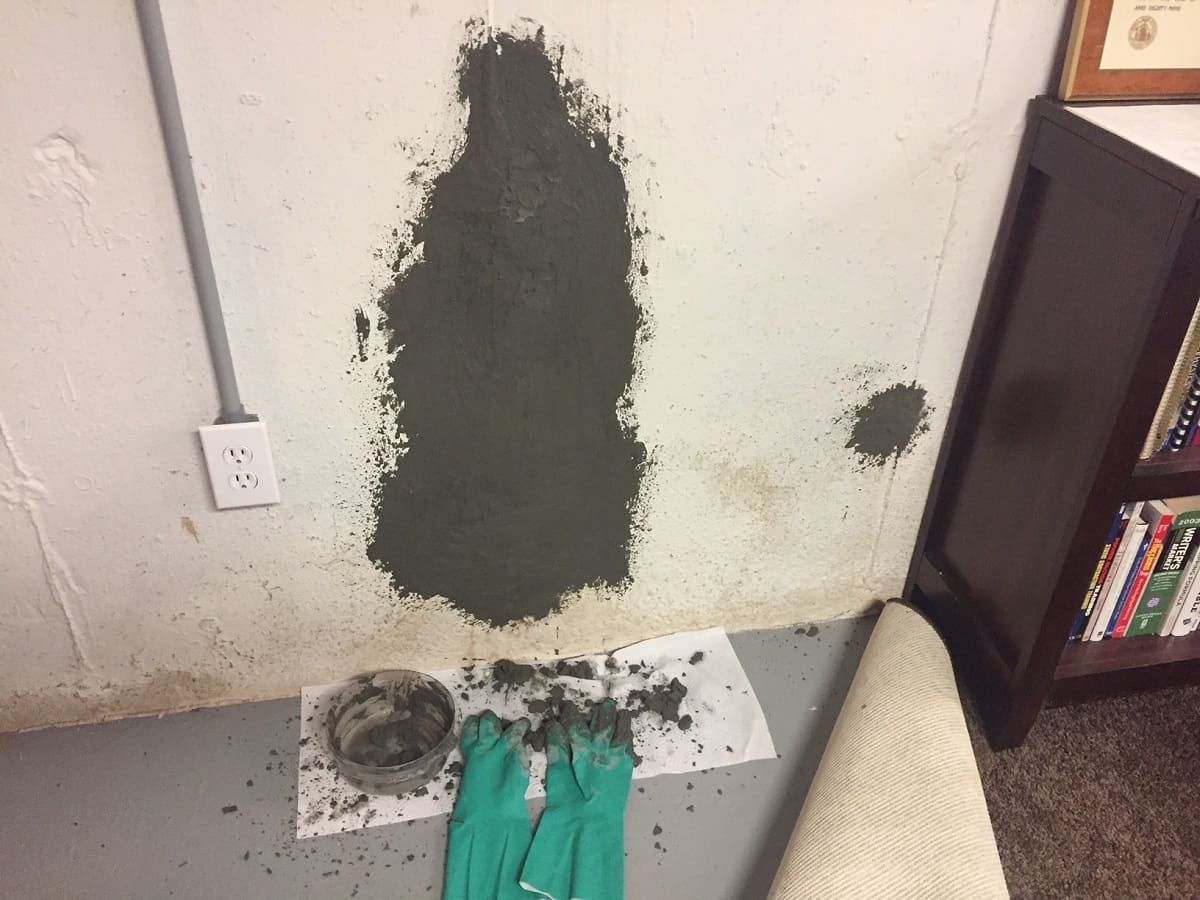
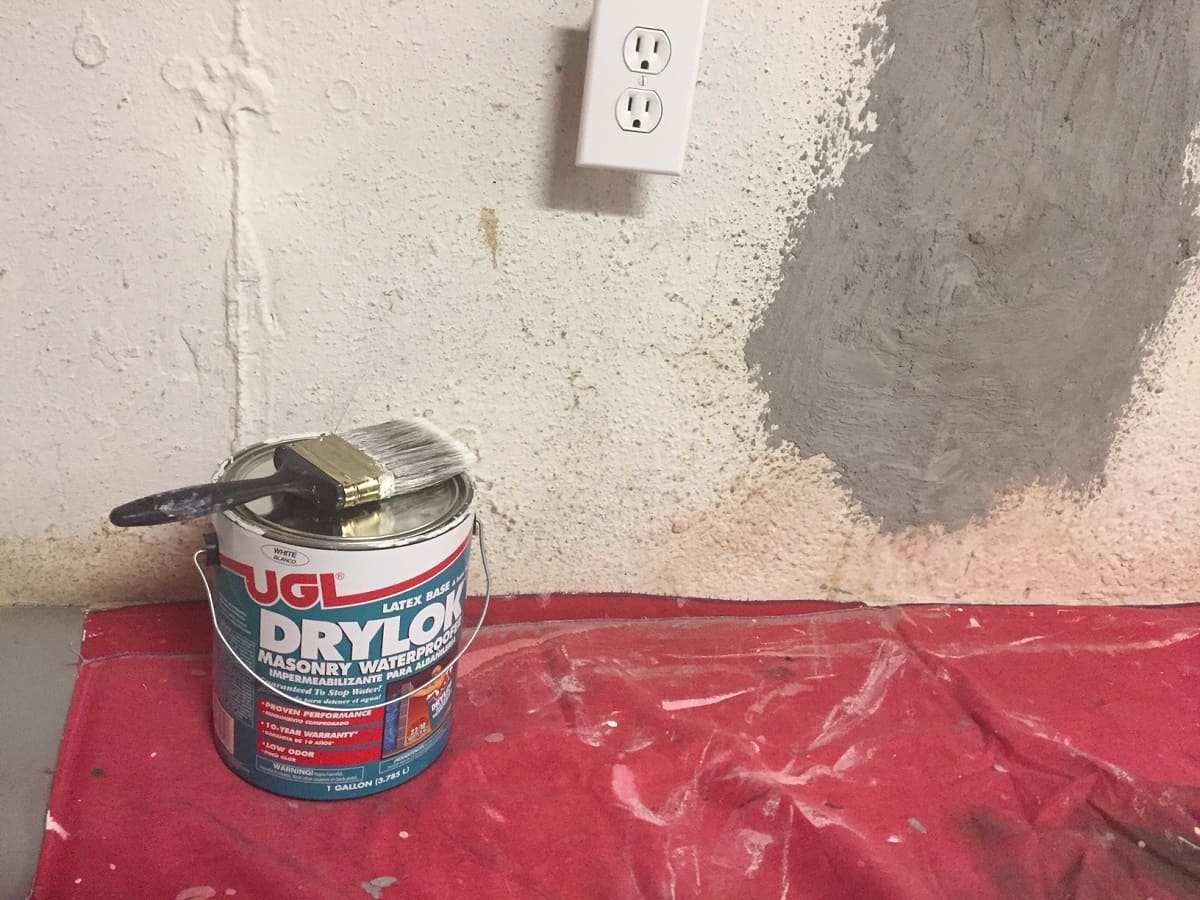

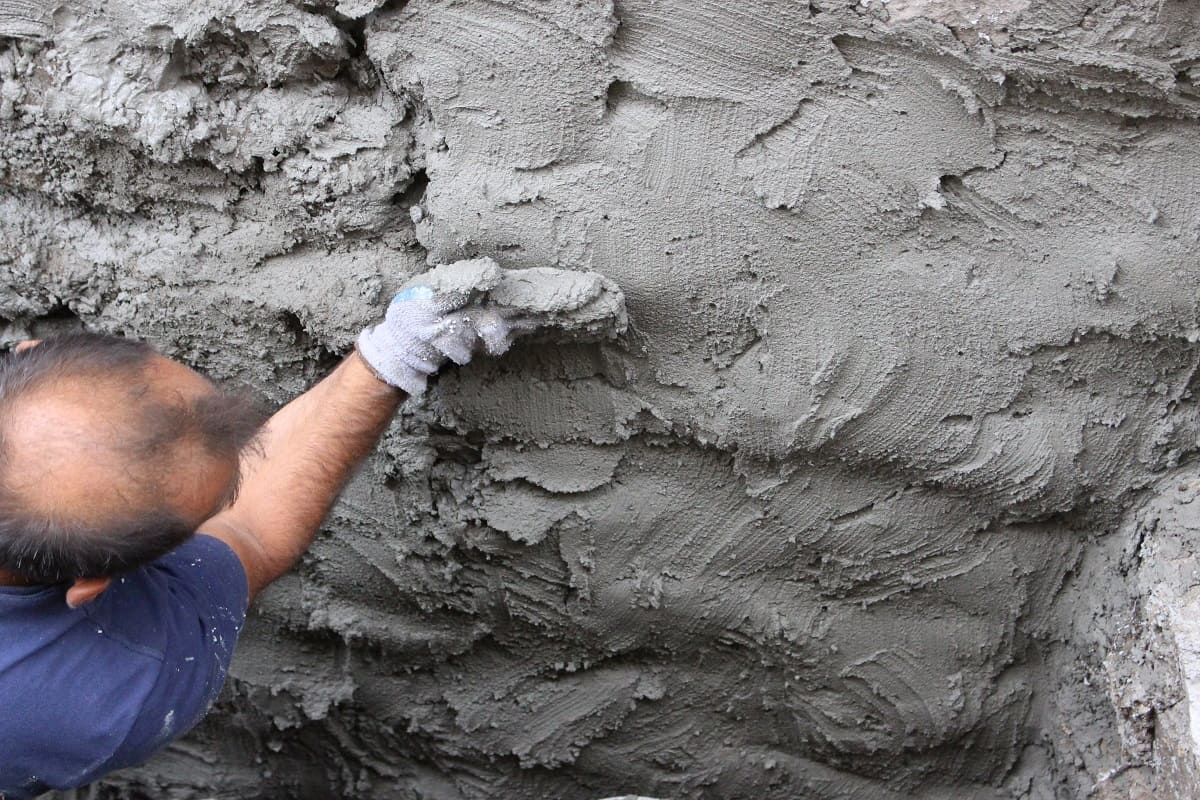
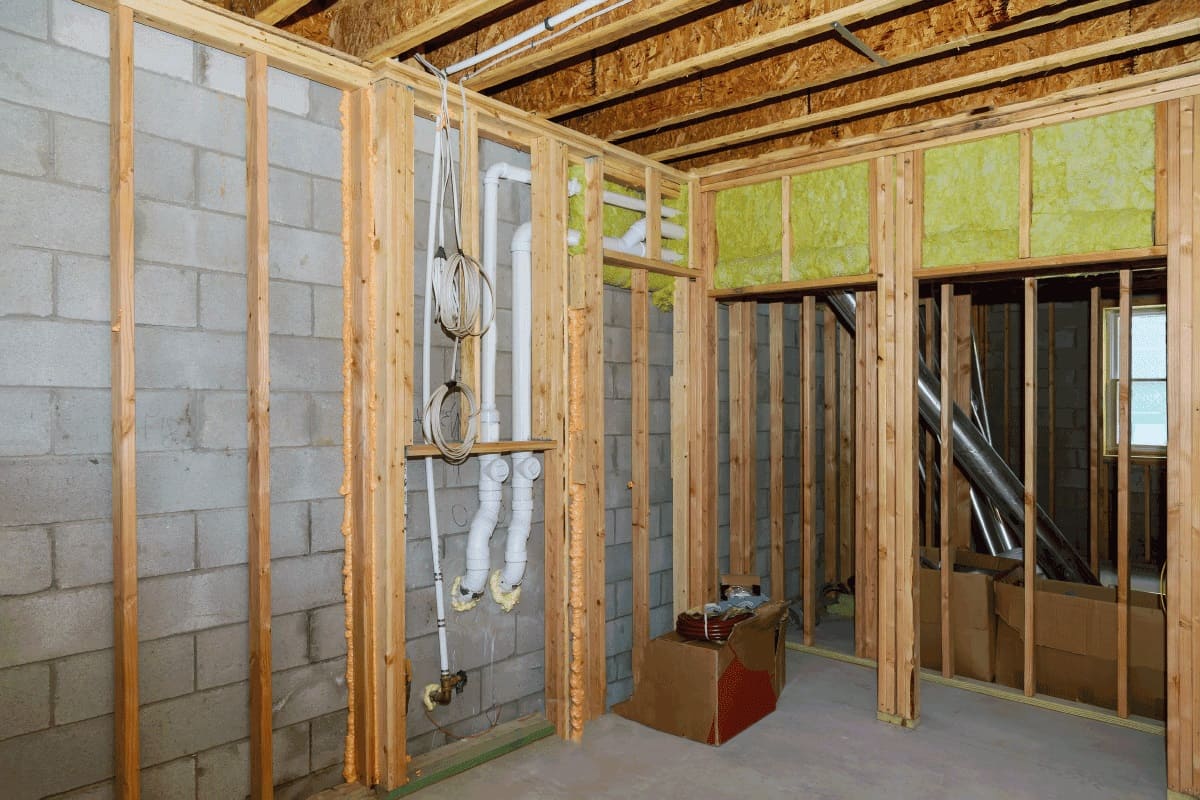
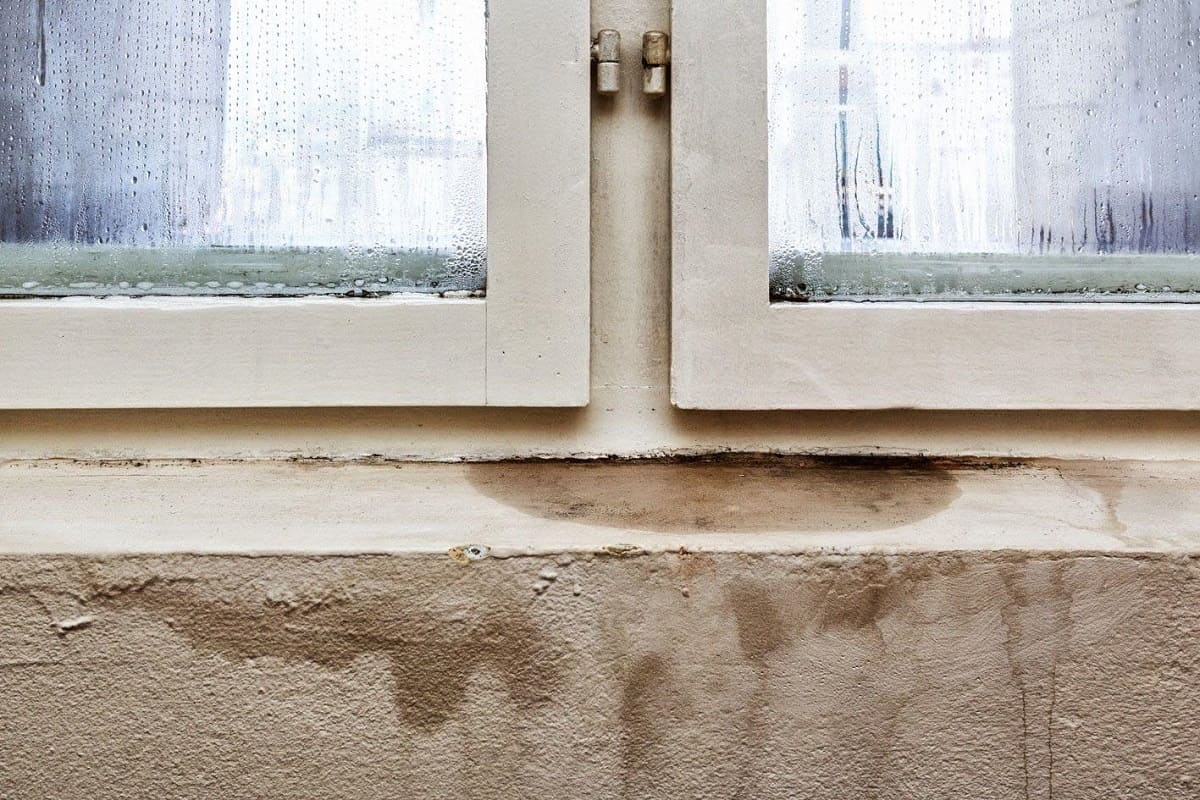
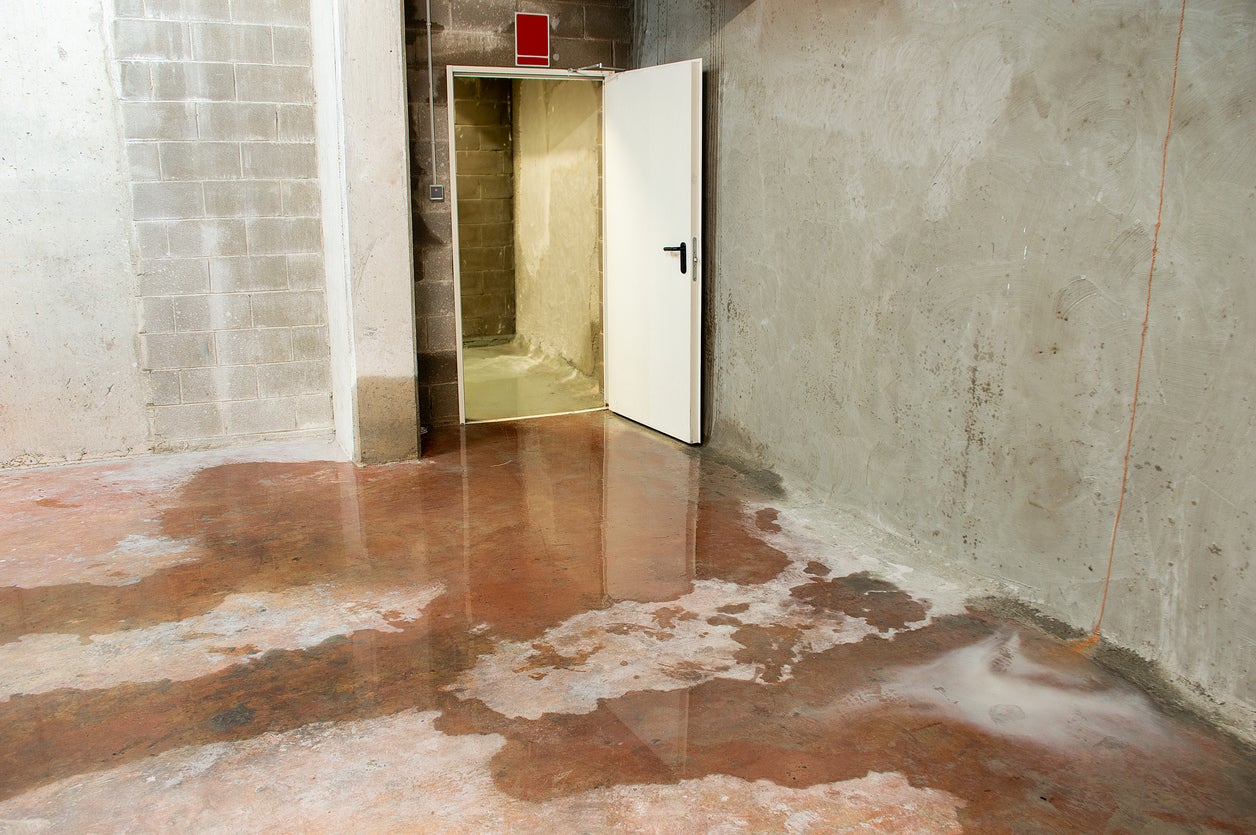

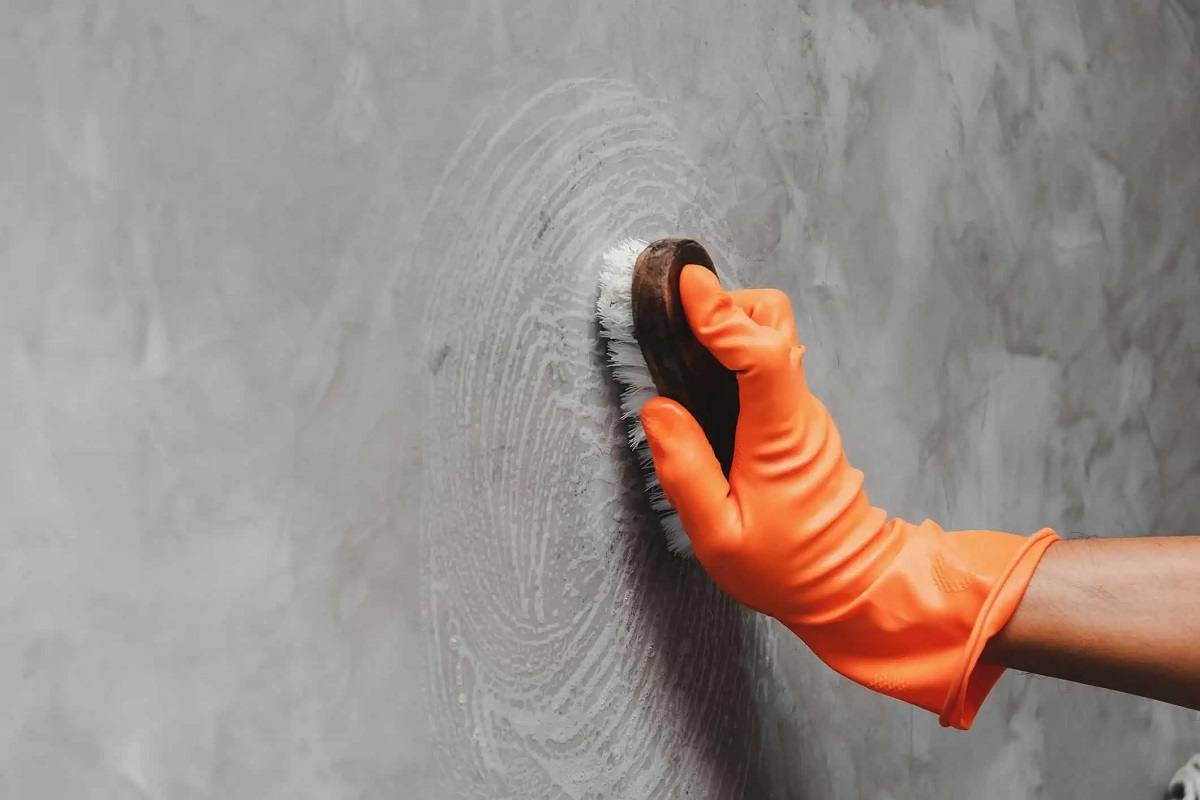
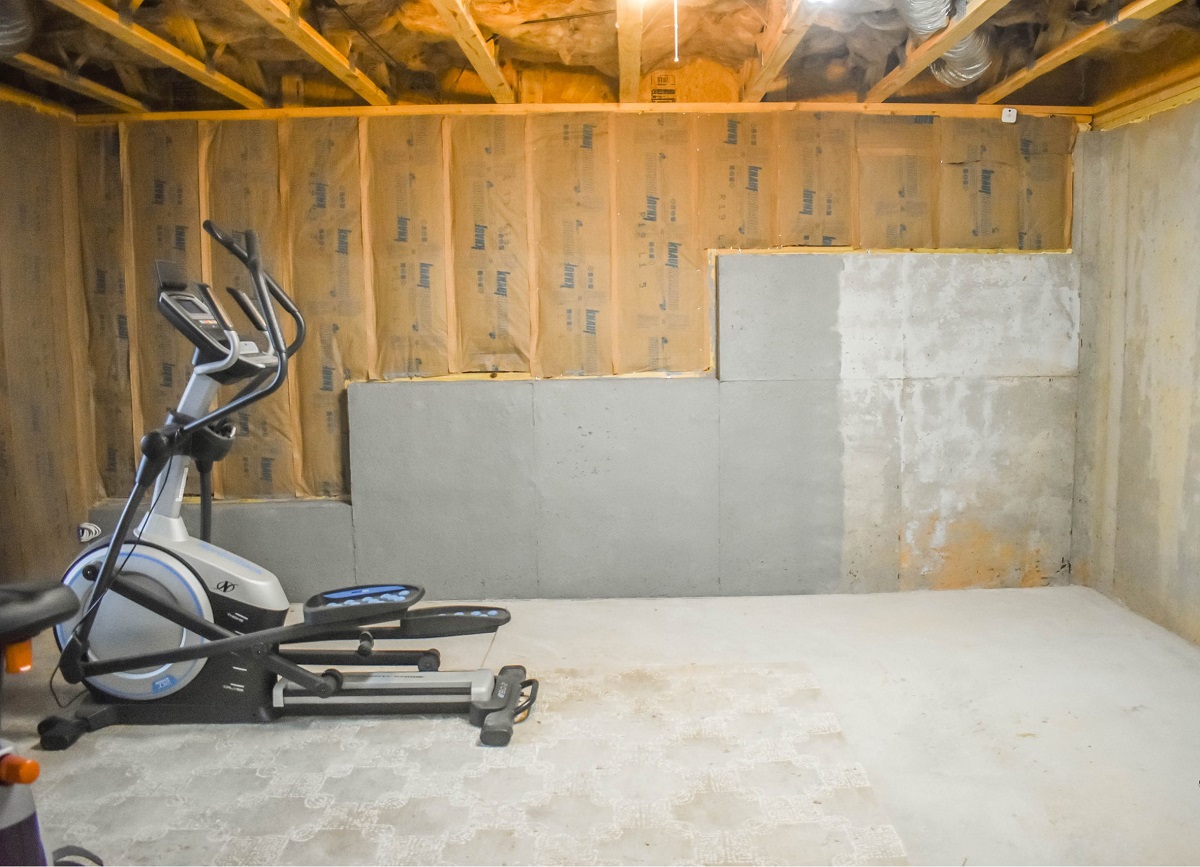
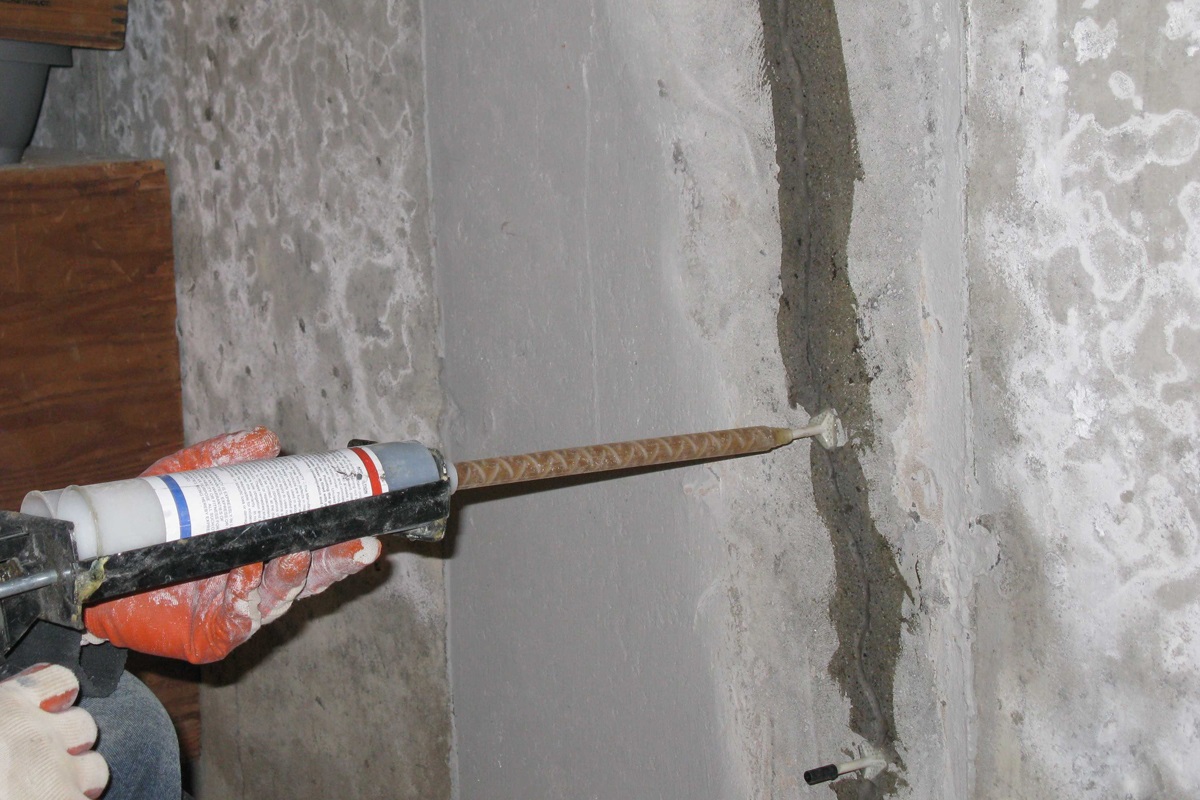
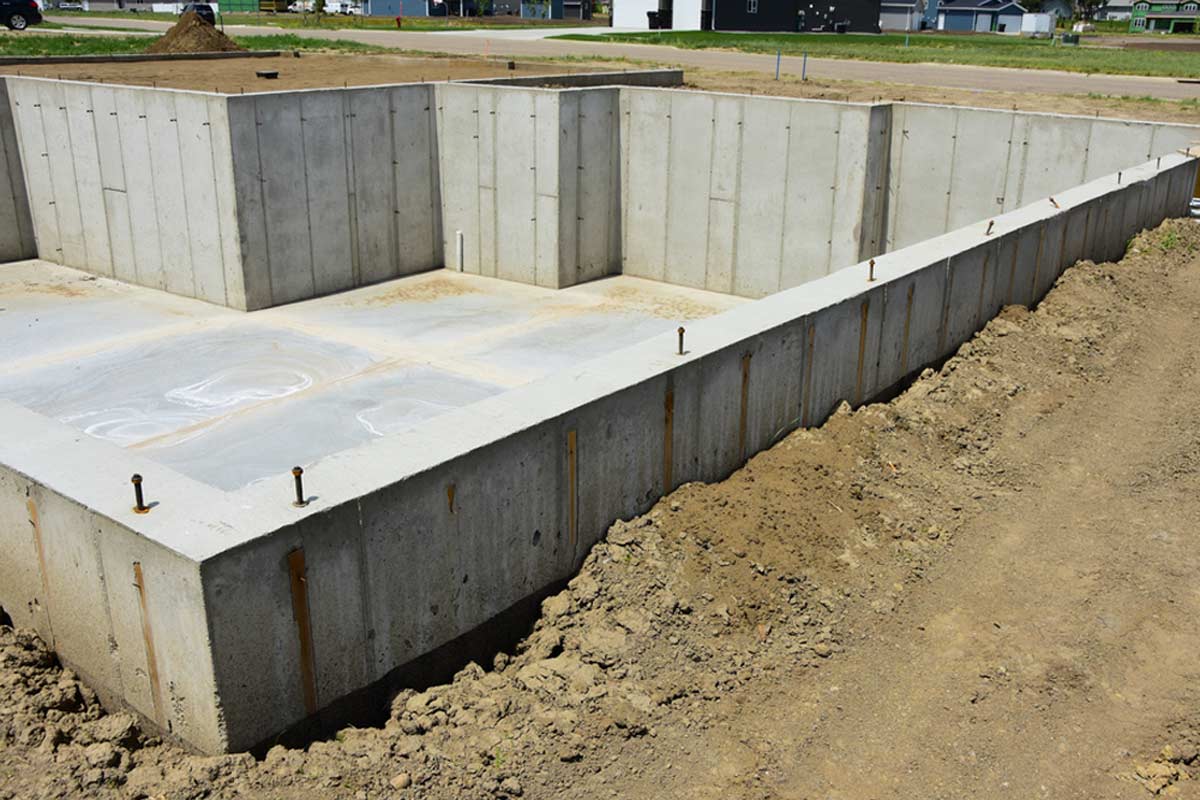



0 thoughts on “How To Fix A Bowing Basement Wall”